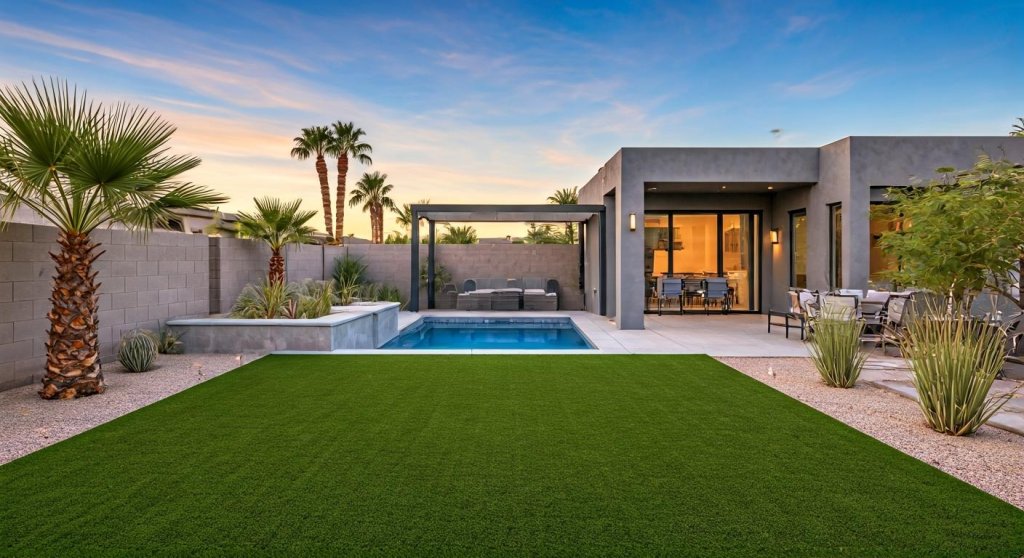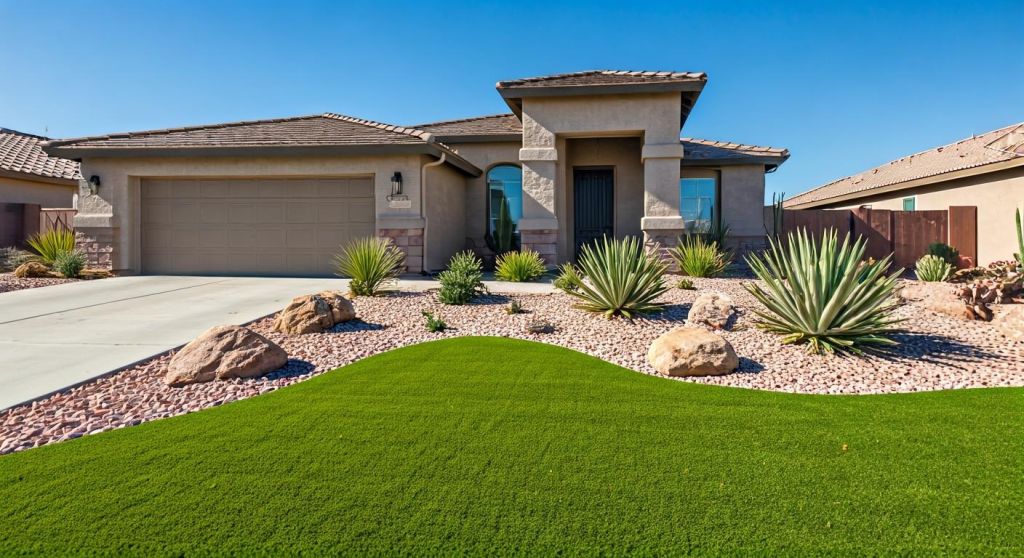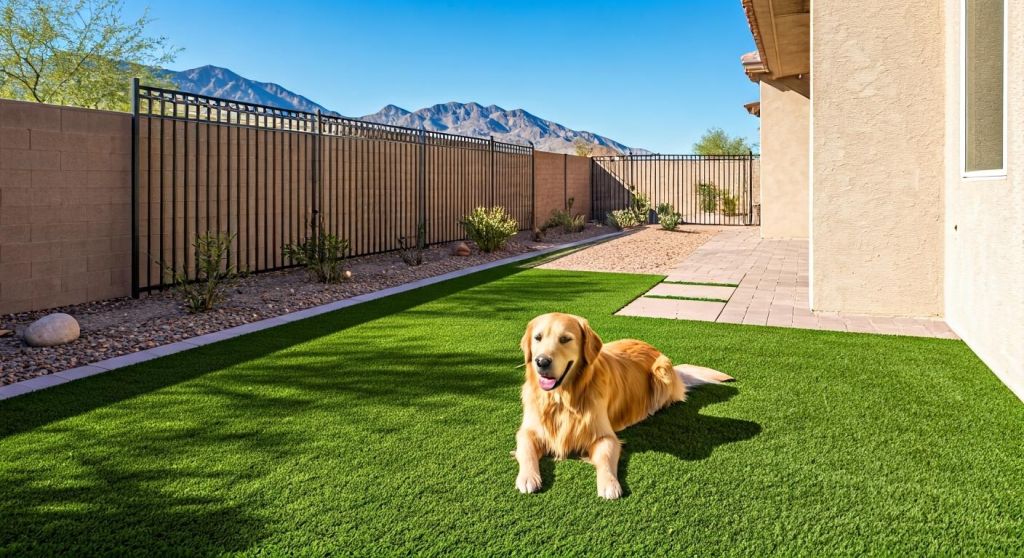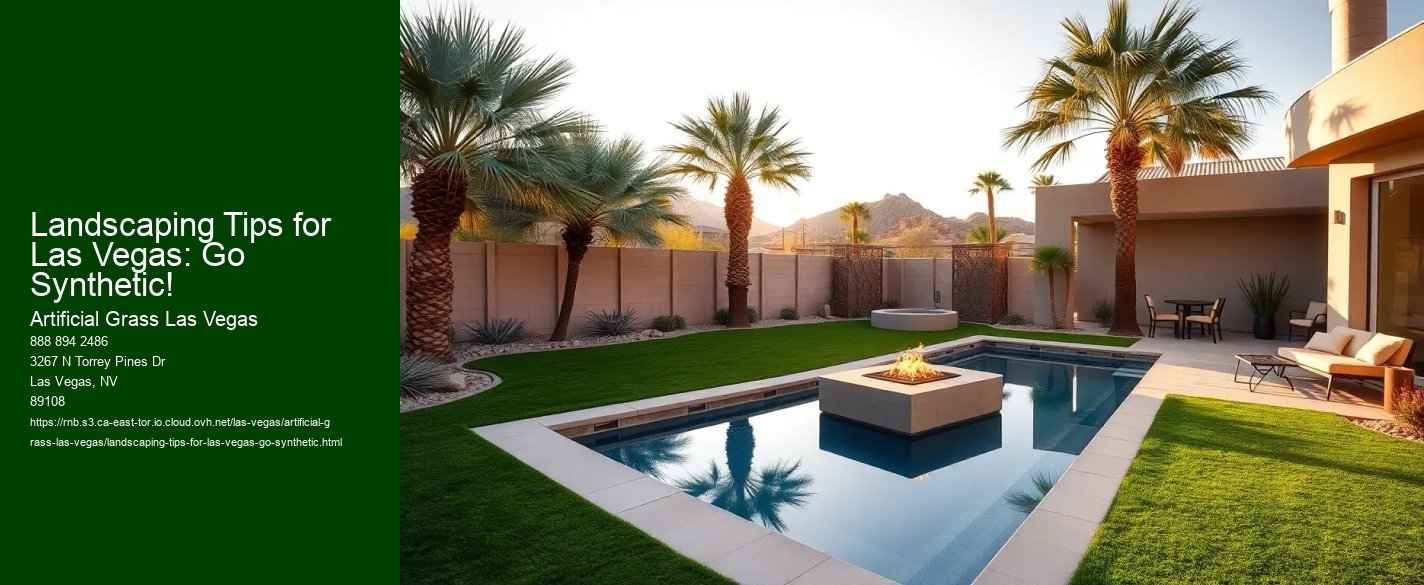Benefits of Synthetic Landscaping in Las Vegas
Benefits of Synthetic Landscaping in Las Vegas (well, at least some of them)! Quality Artificial Grass Vegas Nevada. So you think about synthetic landscaping and maybe youre thinking its just too fake or not natural enough? Think again! In Las Vegas, where waters pretty much gold and the desert sun never takes a break, synthetic grass can be a game-changer. First off, it uses no water, which is huge considering we dont exactly have a surplus of H2O here. You know, saving water means saving money and the environment.
Landscaping Tips for Las Vegas: Go Synthetic! - Las Vegas Turf For Front Yards
- Las Vegas Commercial Artificial Turf Supplier
- Artificial Grass Installation Las Vegas
- Las Vegas Uv Protected Turf
Choosing the Right Synthetic Materials
Choosing the Right Synthetic Materials for topic Landscaping Tips for Las Vegas: Go Synthetic! Well, lets be real, when it comes to landscaping in Las Vegas, youve got to think outside the box. I mean, who wants to water their lawn in the middle of a desert? Thats just crazy talk, right? So, synthetic materials are a no-brainer, but picking the right ones can be a bit tricky.
First off, you dont want to go for anything too cheap. Trust me, I learned that the hard way. You know when you buy that dollar store mulch, and it looks great at first, but then it starts to degrade and looks like a mess in no time? Yeah, thats a no-go. Go for something thats durable, something thats going to last!

Now, you might be thinking, "Well, what about aesthetics? I dont want my backyard to look like a parking lot!" And youre totally right! There are synthetic materials that mimic real plants and rocks. Synthetic Grass Contractor Las Vegas They come in all sorts of colors and textures, almost too perfect sometimes. But hey, if it means you wont have to water or mow your lawn, its worth it, right?
One thing you definitely dont want to overlook is the maintenance. Even though synthetic materials are low-maintenance, theyre not maintenance-free. You still need to sweep them occasionally to keep them clean and looking fresh. And hey, theres nothing worse than stepping on a synthetic rock and finding out its actually a spiders nest!
So, when youre choosing the right synthetic materials for your Las Vegas landscape, keep in mind that its not just about durability and aesthetics, but also about ease of care. Its all about finding that sweet spot where you get the best of both worlds – a beautiful, low-maintenance space without the headache of traditional landscaping. Good luck with your project, and remember, sometimes a little synthetic can go a long way!

Maintenance Tips for Synthetic Landscapes
Alright, so youve decided to take the plunge and go synthetic for your landscaping in Las Vegas! Well, congrats! Youre probably thinking, "Wow, this stuff is low maintenance, right?" Well, not entirely! While synthetic grass and other artificial landscaping materials are a huge step up in terms of ease of care, they still require some TLC to look their best. Here are some tips to keep your synthetic paradise in tip-top shape!
First off, you might be tempted to skimp on cleaning. Don't do it! Just like regular grass, synthetic turf can get dirty. Use a leaf blower or a special synthetic grass cleaner to keep it looking fresh. Make sure to blow the debris out from the thatch layer to prevent buildup. This isn't rocket science, but it's super important to the longevity of your synthetic grass.
Now, water? No, you won't need to worry about watering your fake lawn, but don't forget about your plants and trees! In Las Vegas, water conservation is key. You might want to consider a drip irrigation system to ensure your greenery stays hydrated without overwatering.

Another common mistake is neglecting the edges of your synthetic turf. The borders can get messy if they're not trimmed regularly. Use a lawn edger or a sharp pair of scissors to keep them neat and tidy. This might sound like a small thing, but believe me, it makes a big difference in how your entire space looks.
Oh, and don't forget about pests and weeds. While you won't have to deal with them in your synthetic turf, your plants and mulch can still attract some unwanted visitors. Use organic pesticides and mulch regularly to keep those pests at bay.
Lastly, don't be afraid to play with colors and textures. Las Vegas is known for its bold and vibrant styles. Feel free to add some color with artificial flowers, fountains, or even some real plants in pots. This way, you can keep your maintenance low while still having a dynamic and beautiful outdoor space.
So, there you have it! Go ahead and enjoy your new synthetic landscape. It's maintenance-friendly, water-efficient, and a great way to add curb appeal to your Las Vegas home. Happy landscaping!
Cost Comparison: Synthetic vs. Traditional Landscaping
When it comes to landscaping in Las Vegas, folks often find themselves at a crossroads: should they go with traditional landscaping or opt for synthetic options? Its a tough choice, especially when you consider the costs involved. Let's dive into a cost comparison of synthetic versus traditional landscaping, and why going synthetic might just be the way to go!
First off, traditional landscaping can be a real money pit. You've got your grass, plants, and flowers that need constant care, watering, and sometimes even replanting (yikes!). In a desert climate like Las Vegas, maintaining a lush lawn isn't just a hassle; it's also expensive. Water bills can skyrocket, and let's not even get started on the costs of fertilizers and pest control. If you're not careful, you could end up spending way more than you bargained for!
On the flip side, synthetic landscaping, such as artificial turf, is often a one-time investment. Sure, the initial cost might be a bit higher, but think about it: once it's in, you won't need to water it, mow it, or fertilize it. It's basically maintenance-free! Plus, there's no need to worry about the scorching Las Vegas sun ruining your beautiful lawn. You'll save money in the long run because you won't be throwing cash at water bills or lawn care services. How cool is that?!
Another thing to consider is the longevity of synthetic materials. Traditional plants can wither and die, especially if they're not getting enough water or if the weather's particularly harsh. But synthetic options are built to last, standing strong against the elements. You won't be replacing your lawn every few years, which means more savings for you!
Now, I know some people might argue that nothing beats the beauty of real plants. And hey, I get it!
Landscaping Tips for Las Vegas: Go Synthetic! - Synthetic Grass Contractor Las Vegas
- Las Vegas Water Smart Landscaping
- Best Artificial Lawn Company Las Vegas
- Las Vegas Garden Turf Specialists
In conclusion, if you're looking for a smart investment in landscaping, synthetic options could be the way to go. They save you time, money, and headaches in the long run! So, before you make your decision, weigh the costs carefully and think about what works best for your lifestyle. Going synthetic might just be the best choice for your Las Vegas home!







